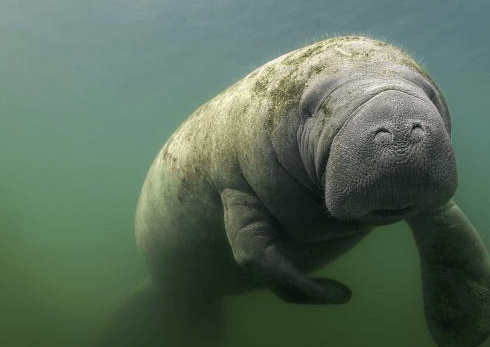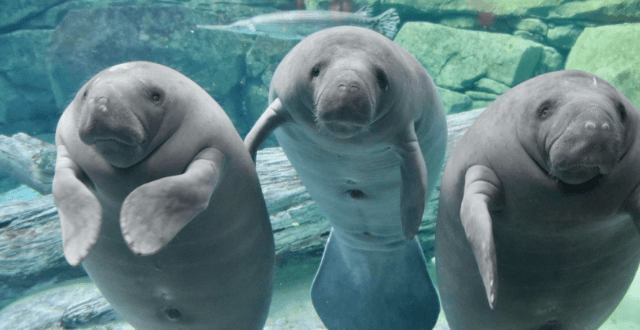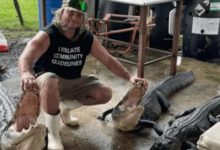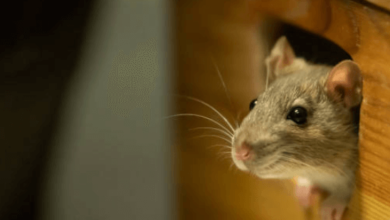Cute:2t1h8g5zqle= Manatees

Manatees, commonly known as “sea cows,” are intriguing marine mammals that occupy the warm, shallow waters of the Caribbean and Gulf of Mexico. These gentle giants, known for their substantial size and herbivorous diet, exhibit a variety of behaviors that reflect their complex social structures. While their charming demeanor captivates many, the challenges Cute:2t1h8g5zqle= Manateesthey face in terms of conservation raise pressing questions about their future. Understanding the nuances of their habitat, physical characteristics, and social interactions may reveal critical insights into the ongoing efforts to safeguard these remarkable creatures. What implications do these factors have for their survival?
Habitat and Distribution
Manatees, often referred to as “sea cows,” inhabit warm, shallow waters primarily in the coastal regions of the Caribbean Sea, the Gulf of Mexico, and the Atlantic Ocean.
Read also Cute:_757rbppozw= Phone Wallpapers
Their feeding habits revolve around seagrass and aquatic vegetation,Cute:2t1h8g5zqle= Manatees which flourish in these habitats.
Migration patterns are influenced by water temperature and food availability, leading them to seek refuge in warmer areas during colder months.
Physical Characteristics
With a robust and streamlined body, the physical characteristics of manatees are well-adapted for their aquatic lifestyle.
Adult manatees typically range from 8 to 13 feet in length, demonstrating significant size comparison among species.
They exhibit color variations, primarily gray to brown, which can change due to environmental factors.
These adaptations enhance their buoyancy and maneuverability in diverse aquatic habitats.
Behavior and Social Structure
Although often perceived as solitary creaturesCute:2t1h8g5zqle= Manatees, manatees exhibit a range of social behaviors that reflect their adaptability to varying environmental conditions.
Their social interactions can include forming temporary groups, especially during mating rituals, where males compete for females.
These behaviors illustrate not only their social complexity but also their ability to navigate dynamic aquatic environments, fostering connections essential for reproduction and social cohesion.

Conservation Efforts
The social dynamics exhibited by manatees underscore the importance of comprehensive conservation efforts aimed at preserving their habitats and ensuring population stability.
Effective rehabilitation programs are essential for injured manatees, Cute:2t1h8g5zqle= Manateeswhile fostering community awareness promotes local stewardship.
Read also Cute:_757rbppozw= Phone Wallpaper
Engaging stakeholders through education and advocacy is crucial for mitigating threats such as habitat loss and watercraft collisions, ultimately enhancing manatee conservation and ecological balance.
Conclusion
Despite their endearing nature and gentle demeanor, manatees face significant threats from human activity, which ironically underscores the fragility of their existence. These “sea cows,” so often celebrated for their charm, navigate a perilous world of habitat degradation and watercraft collisions. The ongoing conservation efforts highlight a critical paradox: the very creatures that embody tranquility and resilience are at risk of vanishing due to the actions of those who admire them most. Preservation becomes an urgent necessity.







